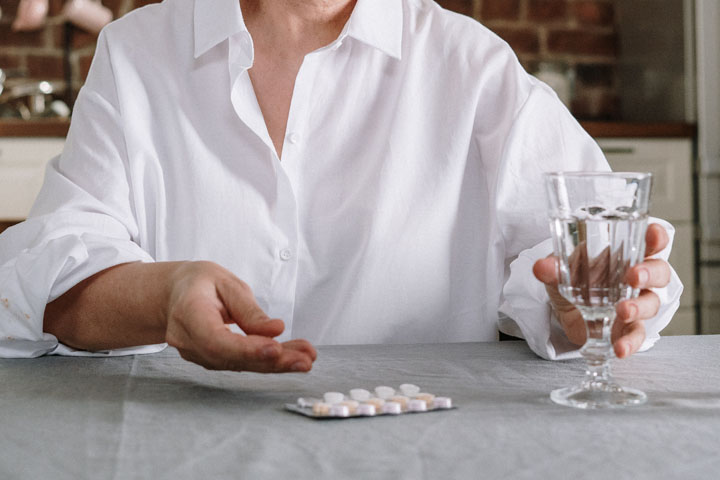
Note: All medications have potential side effects whether they are for Osteoporosis or any other condition. When dealing with Osteoporosis, the risk of fracturing usually far outweighs the risk of possible side effects.
Download this document advising on Drug Adverse Side Effects produced by the IOS.
For more detailed information on treatments please contact the Irish Medicines Board at:
Tel: 01 676 4971
Email: imb@imb.ie or www.imb.ie
Taking the recommended daily amount of calcium, Vitamin D, and appropriate weight-bearing exercise, are essential to help to prevent Osteopenia/Osteoporosis and also the treatment for those with Osteopenia/Osteoporosis, along with the appropriate medication.
Calcium and Vitamin D supplements
They can help to provide building blocks for healthy bone production. We only recommend supplements when you cannot get your daily amounts of calcium and Vitamin D from food. In general, a person should not take an additional calcium supplement if they are already getting their required calcium intake from their food.
HRT – Estrogen/Hormone Therapy
There are multiple brands available. There are oestrogen replacement for women going through the menopause which help to maintain bone density and reduce fracture rates for the time they are on the treatment. Estrogen therapy and estrogen with progesterone hormone therapy are approved for the prevention of Osteoporosis in postmenopausal women provided there are no contraindications. They are usually recommended for post-menopausal symptoms to help improve the person’s quality of life. They may also be prescribed for premenopausal women who have amenorrhea and low levels of oestrogen.
Selective Estrogen Receptor Modulators (SERMs)
The brand name is Evista®. SERMs work in a similar way to oestrogen on bone, by preventing bone loss in postmenopausal women who do not have hot flushes and provided there are no other contraindications.
Monoclonal Antibody
Denosumab, the brand name is Prolia. It is a Monoclonal antibody which binds to RANK Ligand, inhibiting the maturation of osteoclasts, therefore protecting the bone from degradation.
Bisphosphonates which are also known as Antiresorptive medications
These are non-hormonal drugs which help maintain bone density and prevent further bone loss.
The following are a list of bisphosphonates:
Parathyroid Hormone – (PTH)
This is a bone-forming agent, that stimulates the formation of new bone.
Kyphoplasty
This is a surgical treatment which involves a balloon being placed within the fractured vertebrae, followed by a “bone cement” being injected into the balloon.
Vertebroplasty
This is a non-surgical treatment which involves a needle with “bone cement” in it, inserted through the skin into the fractured body of the vertebrae.